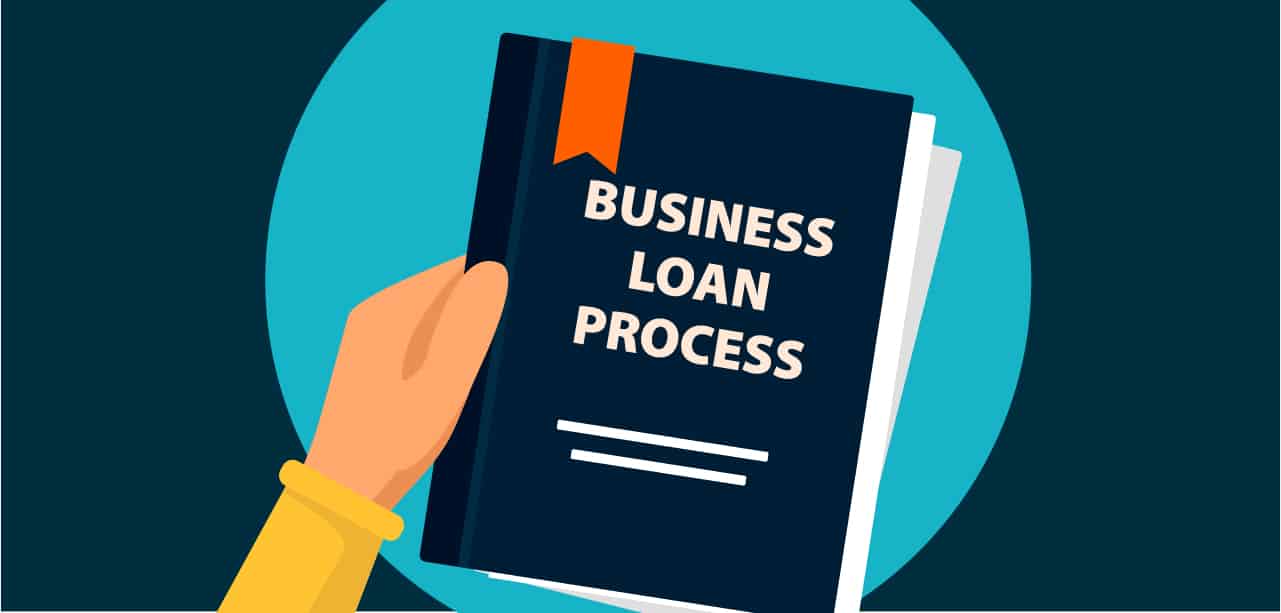The Anatomy of a Business-Loan Interest Rate

As far as the headlines are concerned, the Federal Reserve Bank holds the cards when it comes to what you, as a small business owner, will pay in interest on a loan — and that's spot on. Right now especially, in its bid to battle inflation, "the Fed" has been raising interest rates on mortgages and many other kinds of loans.
But the mechanics of setting loan rates have less to do with current events and more to do with basic financial principles. Understanding these can make you feel better qualified to shop around for the best business loan terms possible.
You may notice that the interest rate the Fed designates isn't at all what you're paying. That rate is what it costs banks to borrow the money they're going to lend to you. Think of it as the wholesale cost of money. It's in contrast to the retail cost of borrowing, that is, your loan.
So what are those additional costs?
Loans come with fees that increase their cost. The annual percentage rate (APR), which is different from the interest rate, reflects these added costs. For a business loan, the APR will often include fees for:
Originating (or processing) the loan
Underwriting it (assuming the risk of lending to your business specifically)
Closing the loan — the procedure of creating the paperwork necessary to pay out the funds.
But wait, there's more...
The "wholesale cost" of funds. As we mentioned, banks raise part of the money they loan you from the Fed, but it typically will come from other customers' deposits as well. Getting and keeping those depositors costs money that's passed along to you.1
Economic factors. Inflation, government regulation, and the aforementioned Federal Reserve rate changes all may inform loan cost.
The bank's overhead. This includes everything from loan officers' wages and office rent to marketing expenses and administrative costs. Less cost-efficient lenders may need to charge higher interest rates to offset how much they're spending.
-
How risky is your business? Statistically, borrowers with poor credit histories tend to default more often than those with good credit histories. So, the risk premium on a loan made to borrowers with poor credit scores will drive a higher interest rate.
In general, banks use a more conservative approach to assessing risk than their online or fintech counterparts, who may consider factors such as stable cash flow as a hedge against risk. As a result, bank interest rates are generally lower.
Profit margins. This percentage represents what the lender needs to make a profitable return on the loan. Among banks, profit margins can range from 5 percent to 45 percent. Generally, a lender with a greater number of originations lowers this margin, since it makes money on the sheer volume of transactions.
So what will your loan cost?
Until you actually apply for a loan, you can't know for sure what kind of interest rate you'll get and how much your loan will cost. If for any reason you can't or don't want to use an amortization calculator, here's how you can manually compute a rough, general estimate of what a loan may cost your business.
-
Step #1: Calculate your monthly payment using this formula (Note: "i" = monthly interest rate; "n" = total number of monthly payments.):
Monthly Payment = Principal ×
Step #2: Multiply the monthly payment by the number of months in your loan term to get your total loan cost.
Step #3: Subtract the loan principal amount from the total loan cost to get your total interest cost. This is the best representation of how your interest rate affects your loan cost.
Now that you have a better understanding of the factors informing interest rates and loan costs, you'll be better prepared to find the right lender – one that understands your business and is willing to help you achieve your goals for continued growth.
For more information on interest rates, check out these other posts:
Did you know?
The highest federal funds interest rate set by the Federal Reserve was 20 percent (yes, you read that correctly), on Dec. 5, 1980. The Fed was doing all it could to curb skyrocketing inflation.
Since 2008, Fora Financial has distributed $4 billion to 55,000 businesses. Click here or call (877) 419-3568 for more information on how Fora Financial's working capital solutions can help your business thrive.






